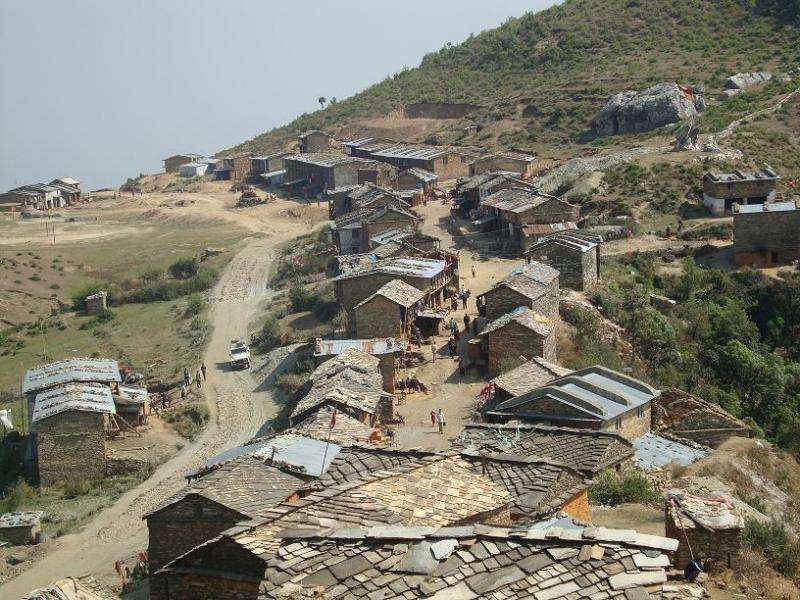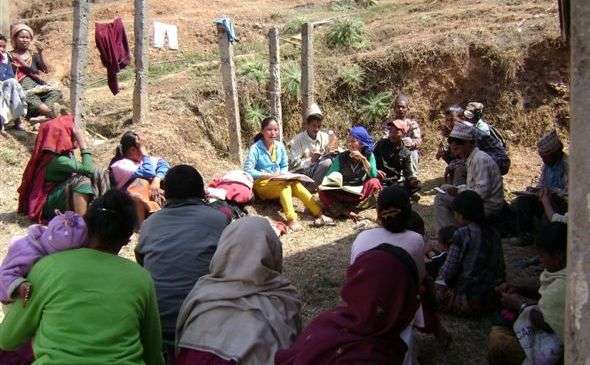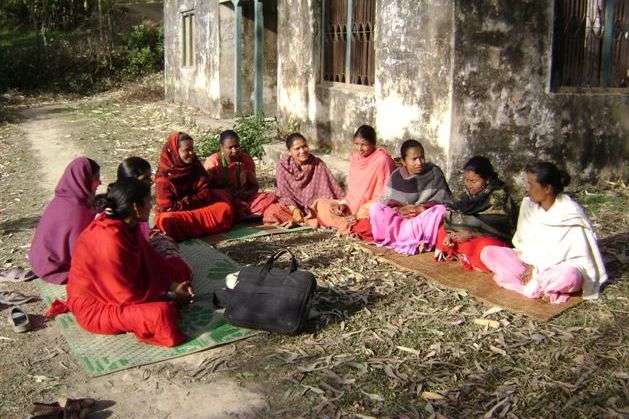Research links high prevalence of HIV among migrant workers from western Nepal to lack of technical schools

Human Immunodeficiency Virus (HIV) is a global health problem, especially affecting developing countries due to lack of education and awareness of the possible means of transmission. HIV has remained as a big problem in Nepal's western districts, with poor families disproportionately affected. According to government statistics, an estimated 39,249 people in Nepal are living with HIV.
A research article on Migration, HIV and Technical Education in Nepal published recently in the Journal of Training and Development has linked high prevalence of HIV in the mid-western and far-western region of Nepal to the lack of technical and vocational education in those areas. The article is available online via Nepal Journals Online (NepJOL) platform, which is part of the JOL Project supported by INASP.
The article argues that deprivation of technical education and vocational training compels men to migrate to India in search of jobs. Due to lack of skills, they end up doing low-paid menial jobs. Away from home for a long time, the migrant workers in India often engage in unsafe sex with professional Female Sex Workers (FSWs) and, as a result, many of them contract HIV. More than 11% of the respondents confessed to having sex with FSWs in India, according to a UNAIDS study. When they return home, they, in turn, transfer the virus to their spouse, as they are not aware that they are infected. If the couple are still at a reproductive age, their children may also contract the virus from the mother during pregnancy and will be born HIV positive.

There is no exact data on the number of Nepali migrant workers working in India, as Nepal and India share an open border and the migrant workers are not registered. However, it is a general trend for almost all adult males from the hilly far-western districts of Nepal to travel to India for work at least once in their lifetimes. The 2011 census statistics showed that the number of returned male labour migrants was estimated to be around 505,728 as cited by the National Centre for AIDS and STD Control [NCASC].
Noor Jung Shah, an author of the article and PhD Scholar in Development Studies at Kathmandu University, School of Education argues that such a poignant situation would be reduced if technical education and vocational training was expanded in rural areas.
"Vocational trainings will improve their skills and enable them to find a job at home, liberating them from the need to migrate to India for seasonal work," said Shah.

Shah added: "Initially, the HIV programme in the far-western region was targeted only at Female Sex Workers and their clients. But test results showed that more and more housewives were also HIV infected. The reason was labour migration to India."
Shah carried out the research after he encountered the grave situation of the vicious cycle of HIV infection and poverty when he was working in Doti and Achham districts - two hilly districts of the far-western region of Nepal that have the highest prevalence of HIV-infected population.
"It is necessary to expand technical education and vocational training to rural areas so that it can contribute to the sustainable livelihood of villagers. It would also end the vicious cycle of poverty as it contributes towards the Sustainable Development Goals (2016-2030)," Shah recommended.
More information: Noor Jung Shah. Migration, HIV and Technical Education in Nepal, Journal of Training and Development (2016). DOI: 10.3126/jtd.v2i0.15442


















